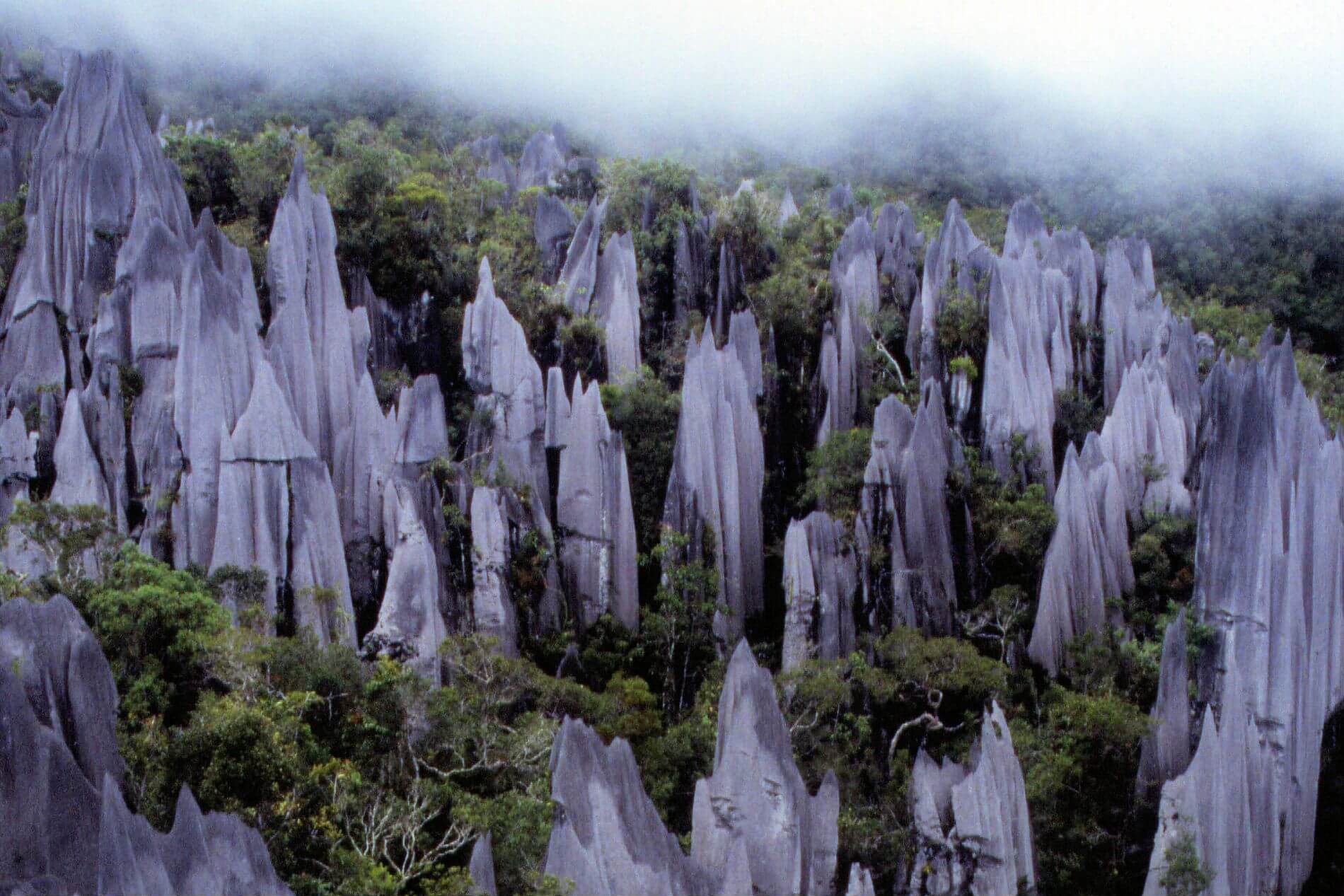 The Penan are a nomadic indigenous people living in Sarawak and Brunei. They are one of the last such peoples remaining. The Penan are noted for their practice of ‘molong’ which means never taking more than necessary. Most Penan were nomadic hunter-gatherers until the post-World War II missionaries settled many of the Penan, mainly in the Ulu-Baram district but also in the Limbang district. They eat plants, which are also used as medicines, and animals and use the hides, skin, fur, and other parts for clothing and shelter.
The Penan are a nomadic indigenous people living in Sarawak and Brunei. They are one of the last such peoples remaining. The Penan are noted for their practice of ‘molong’ which means never taking more than necessary. Most Penan were nomadic hunter-gatherers until the post-World War II missionaries settled many of the Penan, mainly in the Ulu-Baram district but also in the Limbang district. They eat plants, which are also used as medicines, and animals and use the hides, skin, fur, and other parts for clothing and shelter.
The Penan number around 16,000; of which only approximately 200 still live a nomadic lifestyle. The Penan can be broken down into two loosely related geographical groups known as either Eastern Penan or Western Penan, the Eastern Penan residing around the Miri, Baram, Limbang and Tutoh regions and the Western Penan in and around Belaga district.
They can be considered as a native group or ‘tribe’ in their own right, with a language distinct from other neighbouring native groups such as the Kenyah, Kayan, Murut or Kelabit. However, in government censuses they are more broadly classified as Orang Ulu which translates as ‘Upriver People’ and which contains distinct neighbouring groups such as those above. Even more broadly they are included in the term ‘Dayak’, which includes all of Sarawak’s indigenous people.
Description adapted from Wikipedia’s article on the Penan People.



